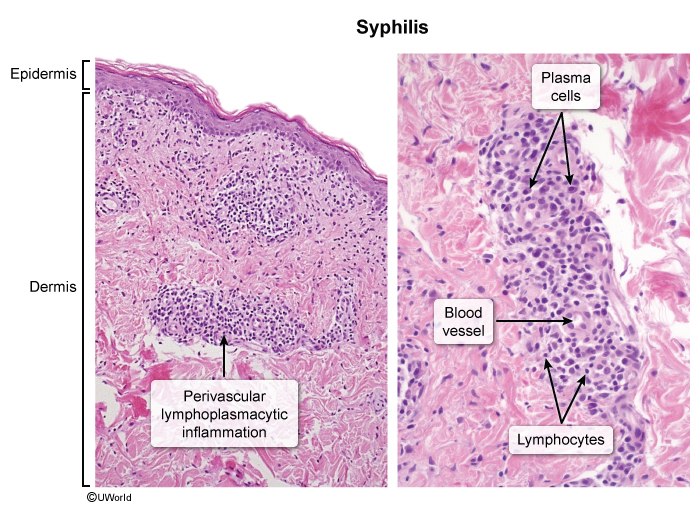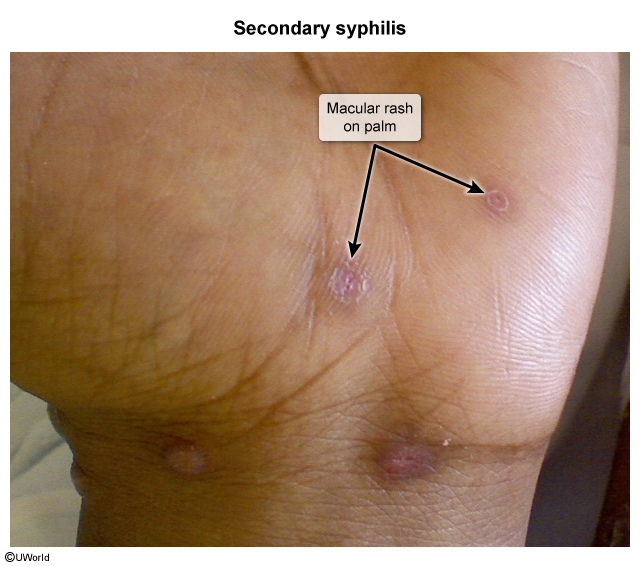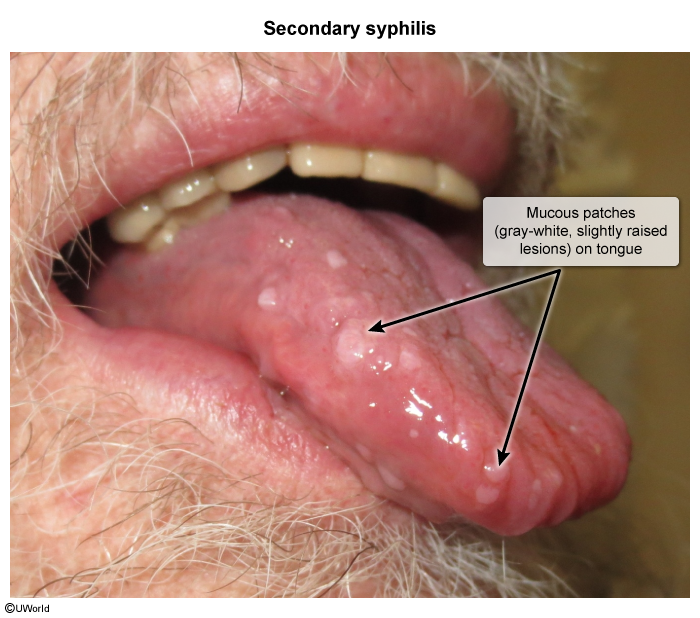Syphilis: Treponema Pallidum Infection
Article Sections
Introduction
Syphilis is a spirochetal infection caused by Treponema pallidum. Most cases arise due to direct contact with infectious lesions during sexual acts, but vertical transmission can occur when spirochetes in maternal circulation spread across the placenta to the fetus. The disease progresses through distinct clinical stages (eg, primary, secondary, tertiary). Untreated syphilis can cause severe complications, including aortitis, dementia, spinal cord damage, and adverse pregnancy outcomes.
Pathophysiology
T pallidum is a slender, corkscrew-shaped, gram-negative bacterium with an axial periplasmic flagella. It is encased in an outer sheath, which conceals bacterial antigens from the host immune system. The organism has a tropism for the endothelial layer of small vessels; all stages of infection are characterized by a proliferative, small-vessel endarteritis, which causes local tissue ischemia. Because
Continue Learning with UWorld
Get the full Syphilis: Treponema Pallidum Infection article plus rich visuals, real-world cases, and in-depth insights from medical experts, all available through the UWorld Medical Library.
Images


